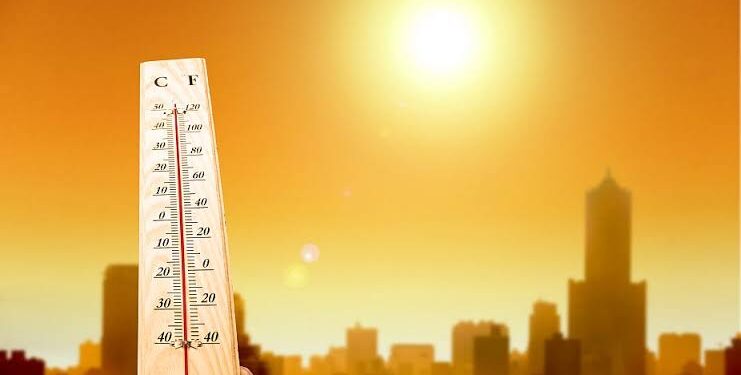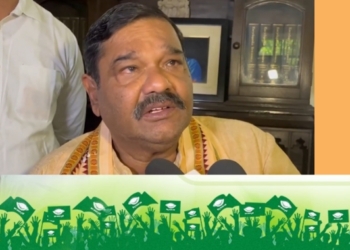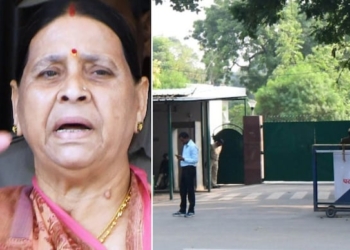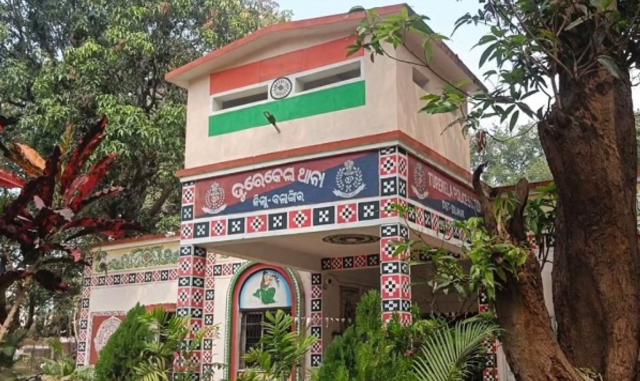A new national climate vulnerability report has raised alarm over Bhubaneswar’s future, forecasting a two-fold rise in heatwave days by 2030.
The report, jointly released by IPE Global and Esri India, places Odisha’s capital among India’s most climate-vulnerable cities, alongside Delhi, Mumbai, Chennai, Surat, Thane, Hyderabad, and Patna.
The increase in heatwave days is attributed to a deadly mix of rising temperatures, high humidity, and unpredictable rainfall patterns, posing serious threats to health, infrastructure, and daily life.
Double Trouble: Heatwaves & Flooding
The report warns that Bhubaneswar is set to experience double the number of heatwave days compared to 1980 levels. Adding to the challenge is the 43% projected increase in extreme rainfall events across India by 2030, putting the Temple City at risk of flash floods in addition to intense heat.
India as a whole witnessed a 19-fold rise in extreme heat days over the past decade, with summer conditions now stretching deep into the monsoon season. Urban centers like Bhubaneswar are being hit hardest due to climate extremes such as cyclones, heatwaves, and torrential rainfalls.
Bhubaneswar is already among India’s most humid cities. In 2022, peak humidity levels touched 99.1%, second only to Patna. In April 2024, IMD data showed 96% humidity at night, even outside the monsoon season, while daytime temperatures soared past 40°C, pushing the heat index into dangerous territory.
The rapid urban expansion of Bhubaneswar is amplifying this climate vulnerability. A study in the Current World Environment Journal reported a dramatic jump in land surface temperature, from 36.4°C in 1990 to 43.2°C in 2020, reflecting the effects of urban heat islands and deforestation.
Call for Urgent Action
Experts warn that without science-based climate adaptation and urban planning reforms, Bhubaneswar could become a case study in climate mismanagement, despite being India’s first officially declared smart city.
The report calls for early warning systems, green infrastructure, water-sensitive urban design, and resilient public health strategies to help the city cope with looming climate threats.




























